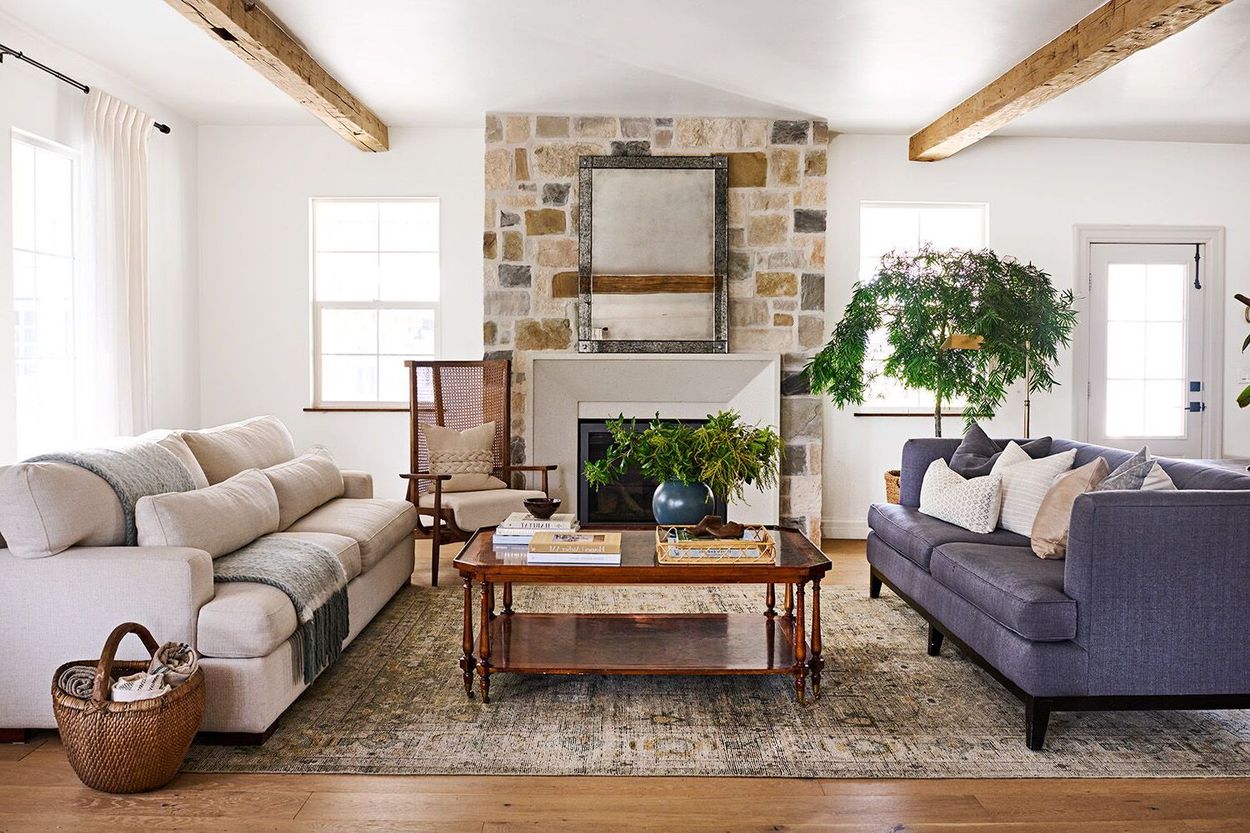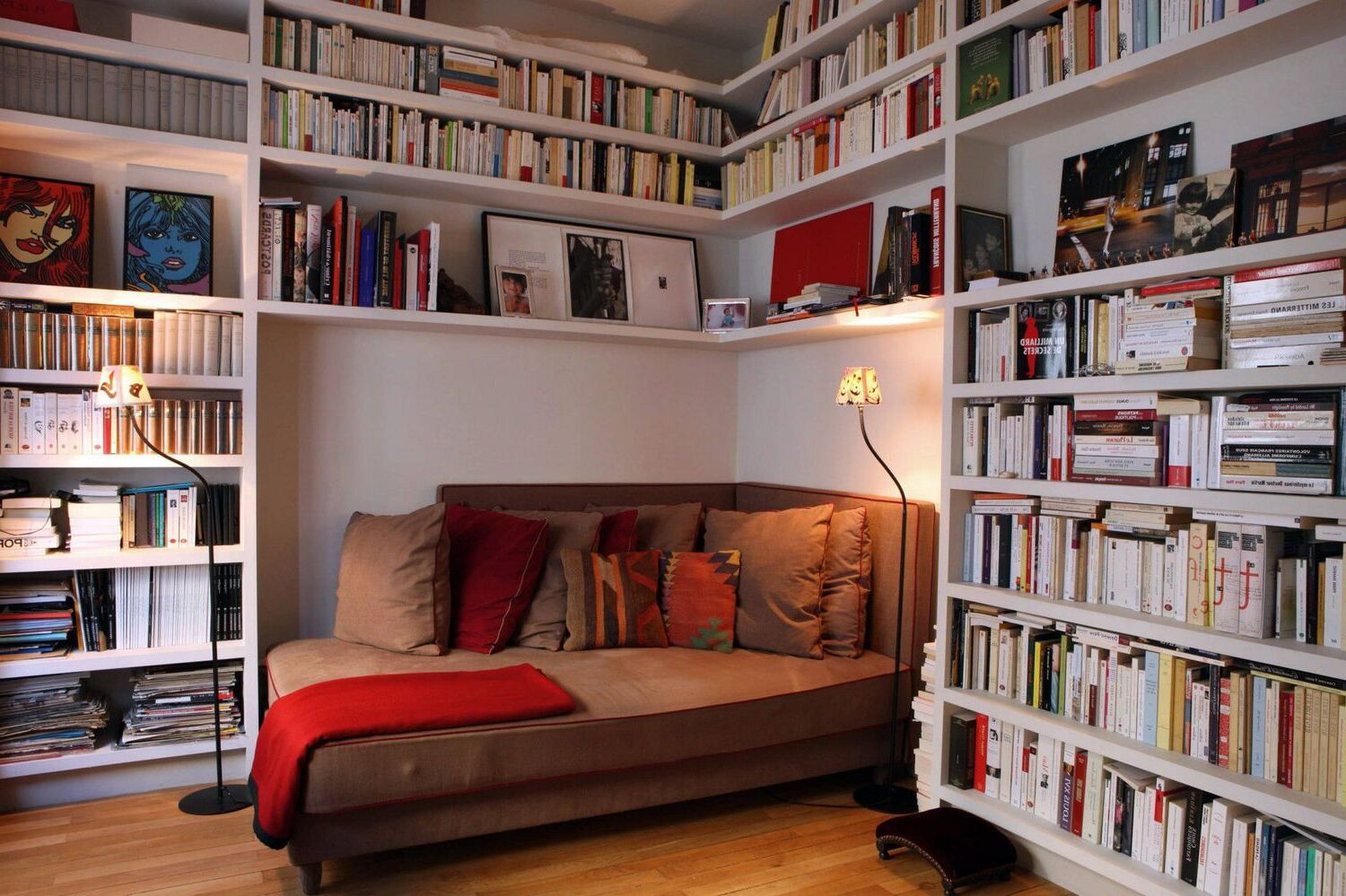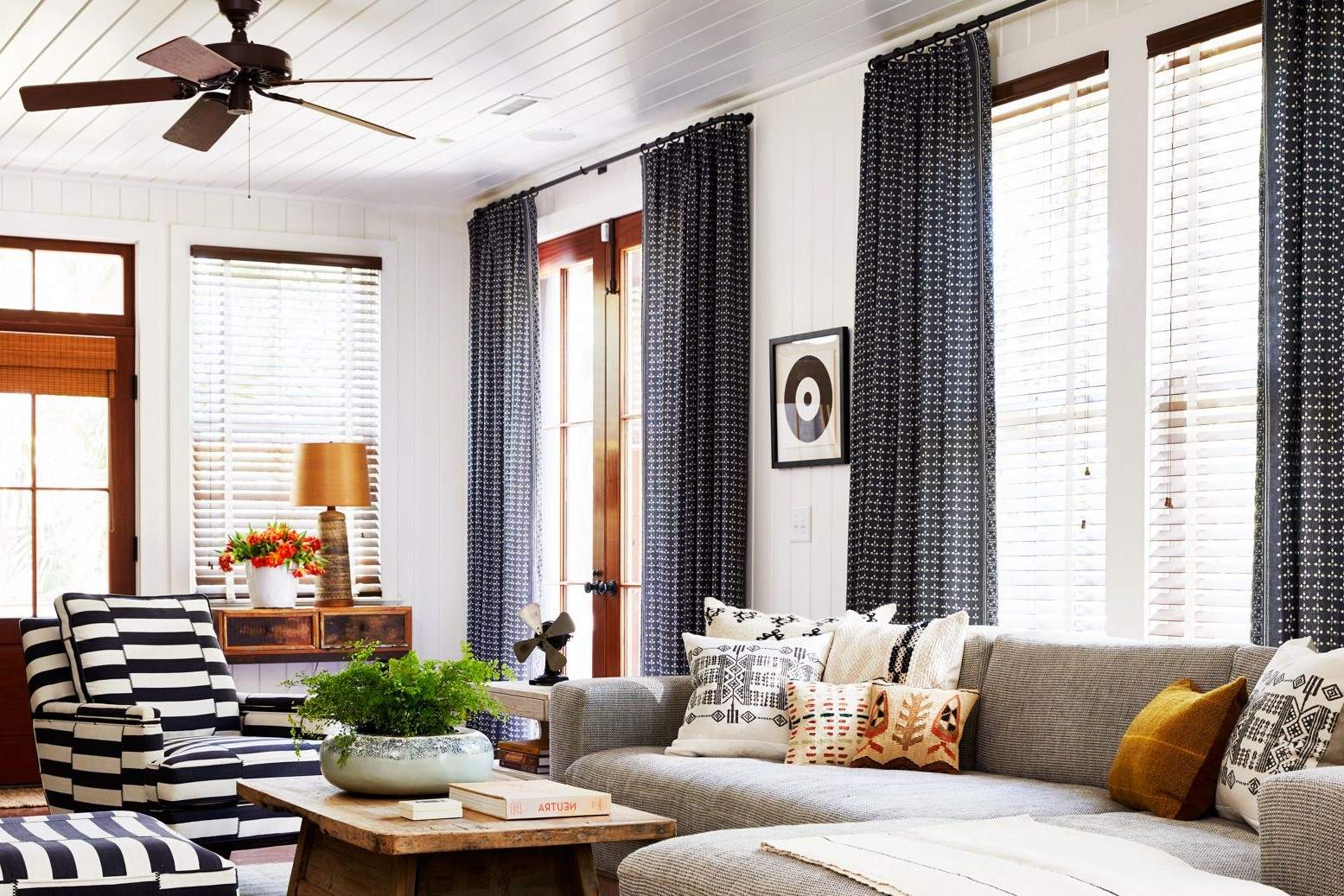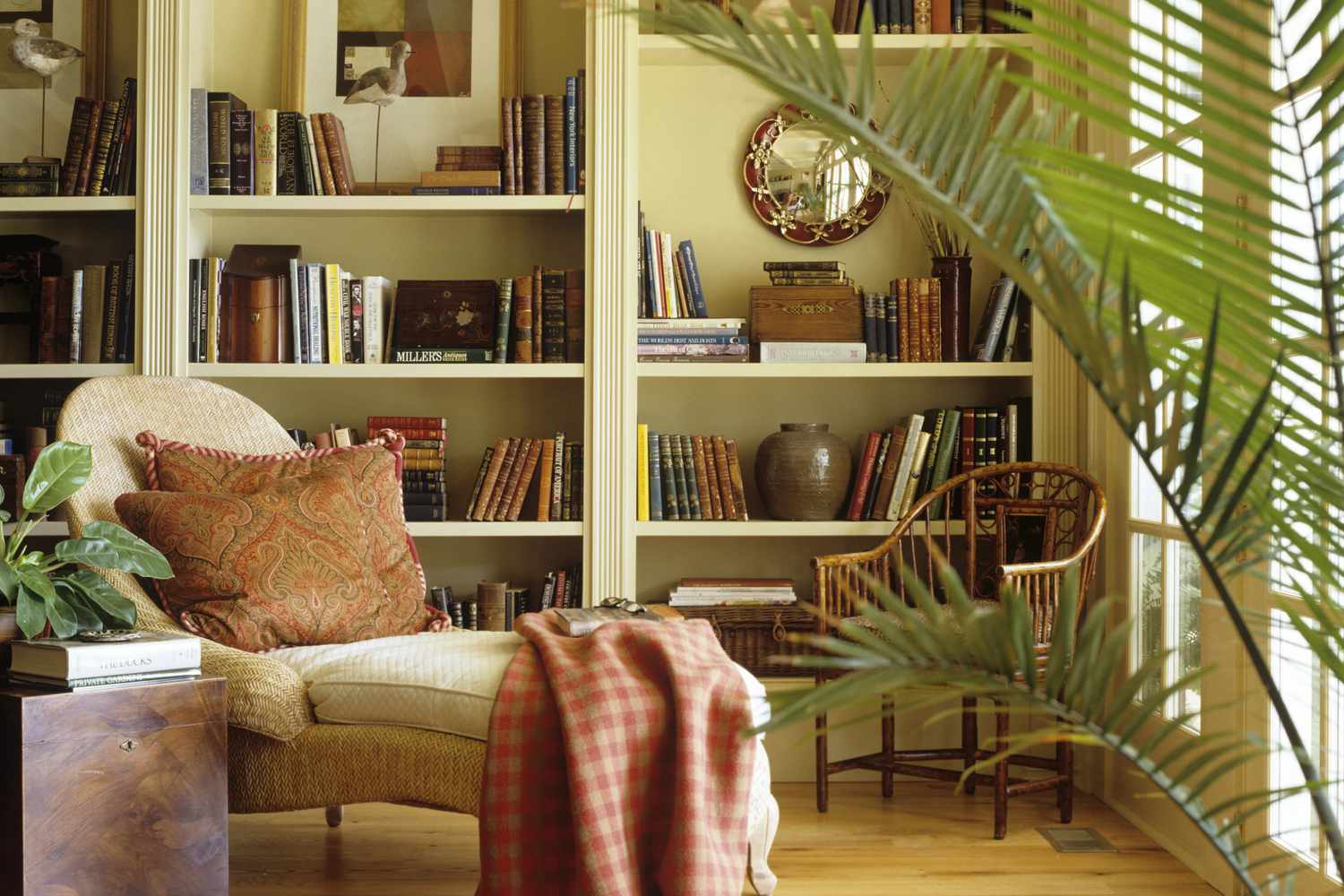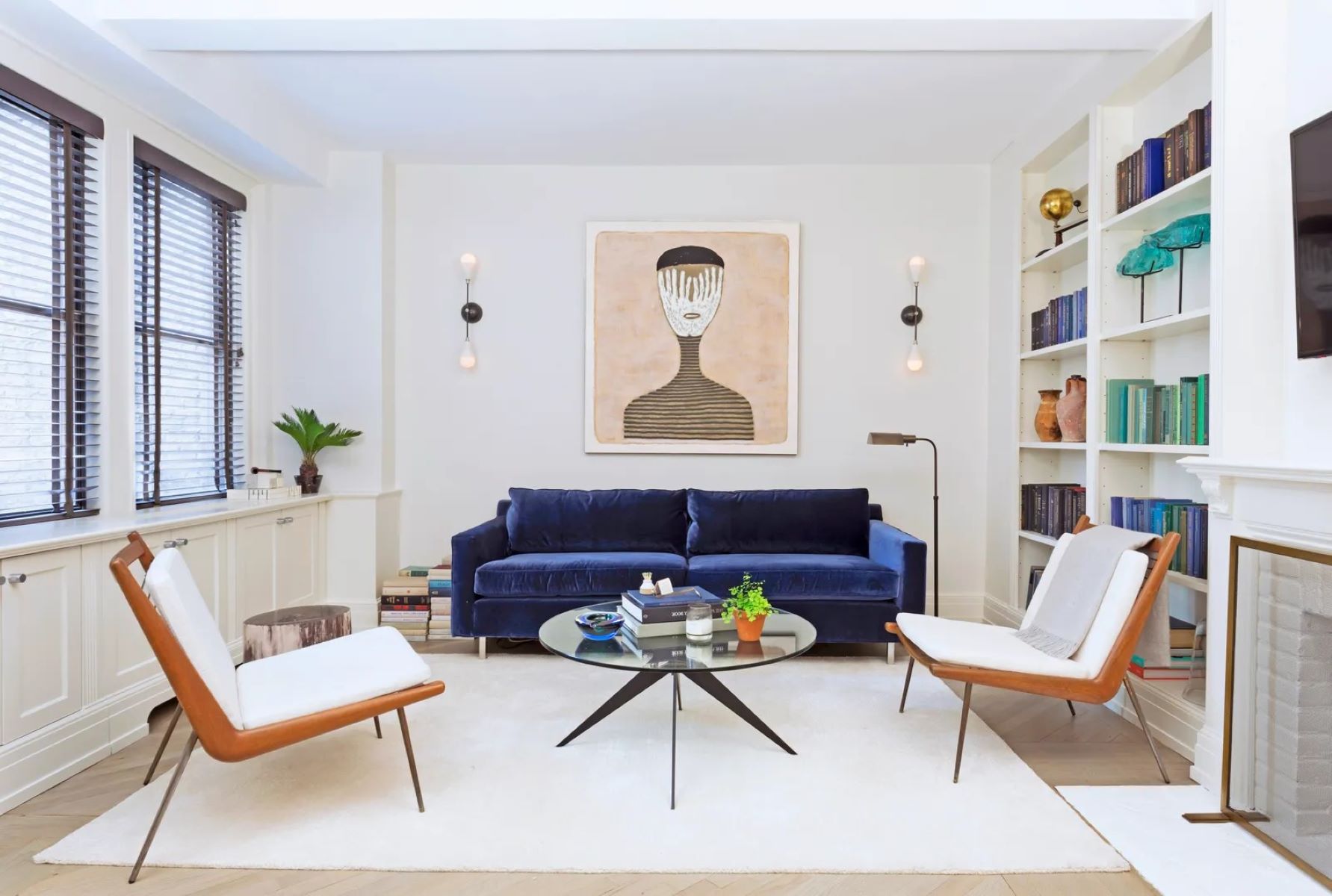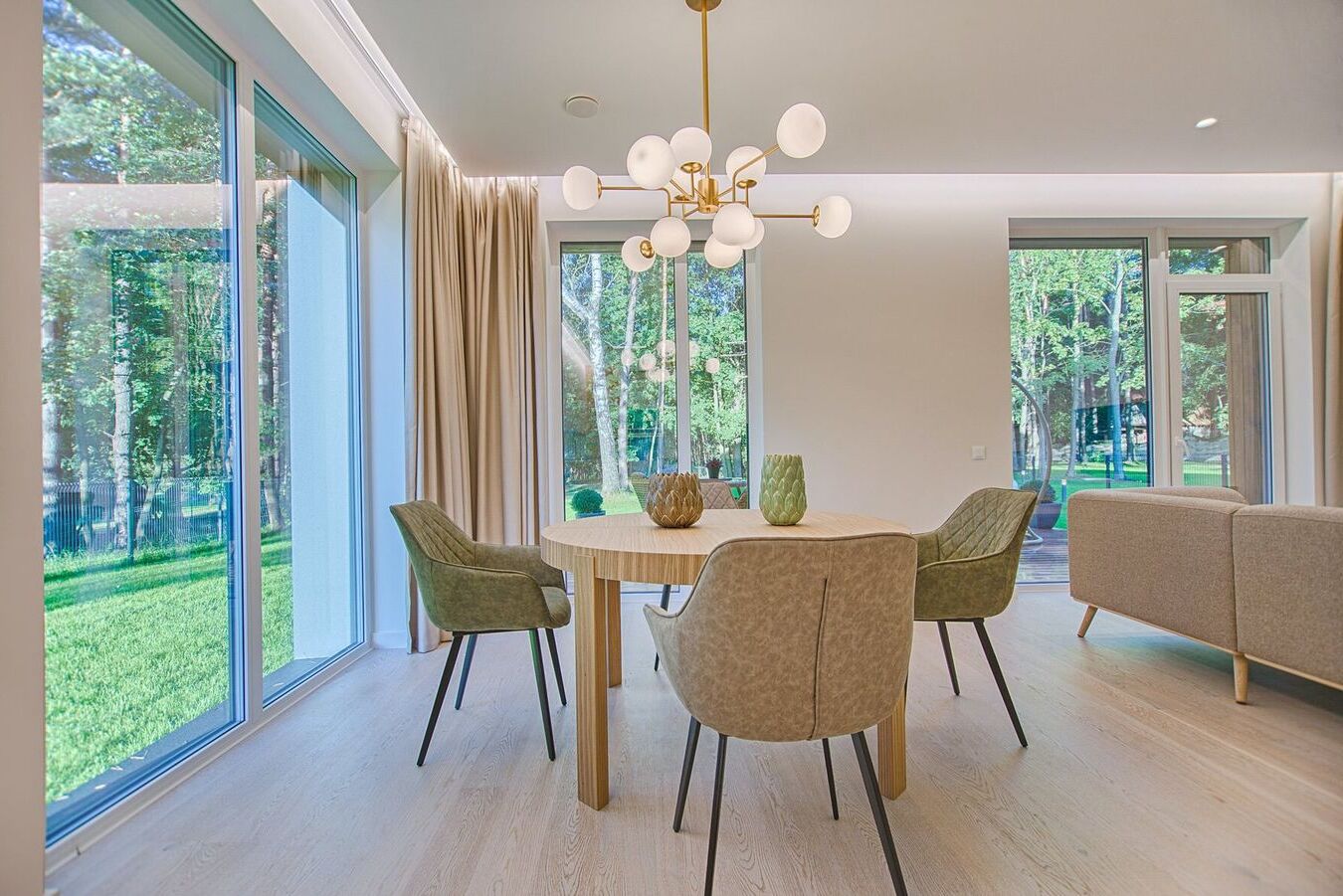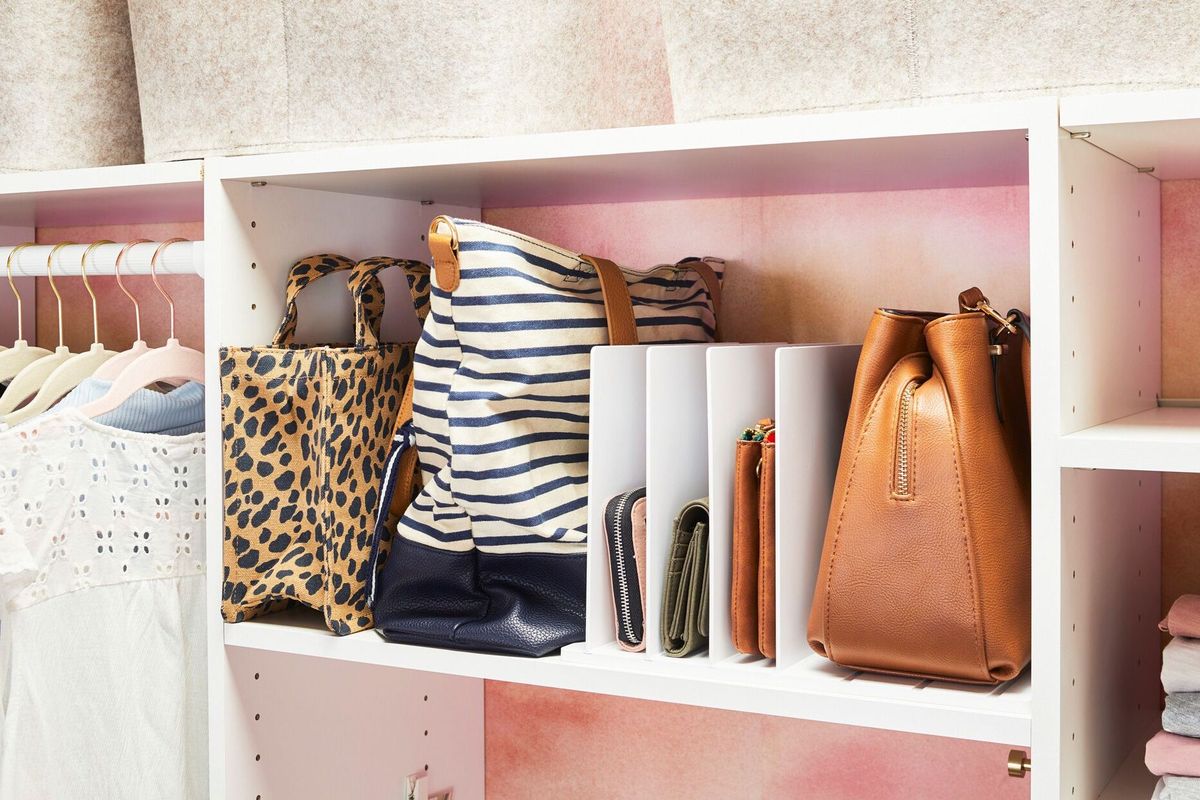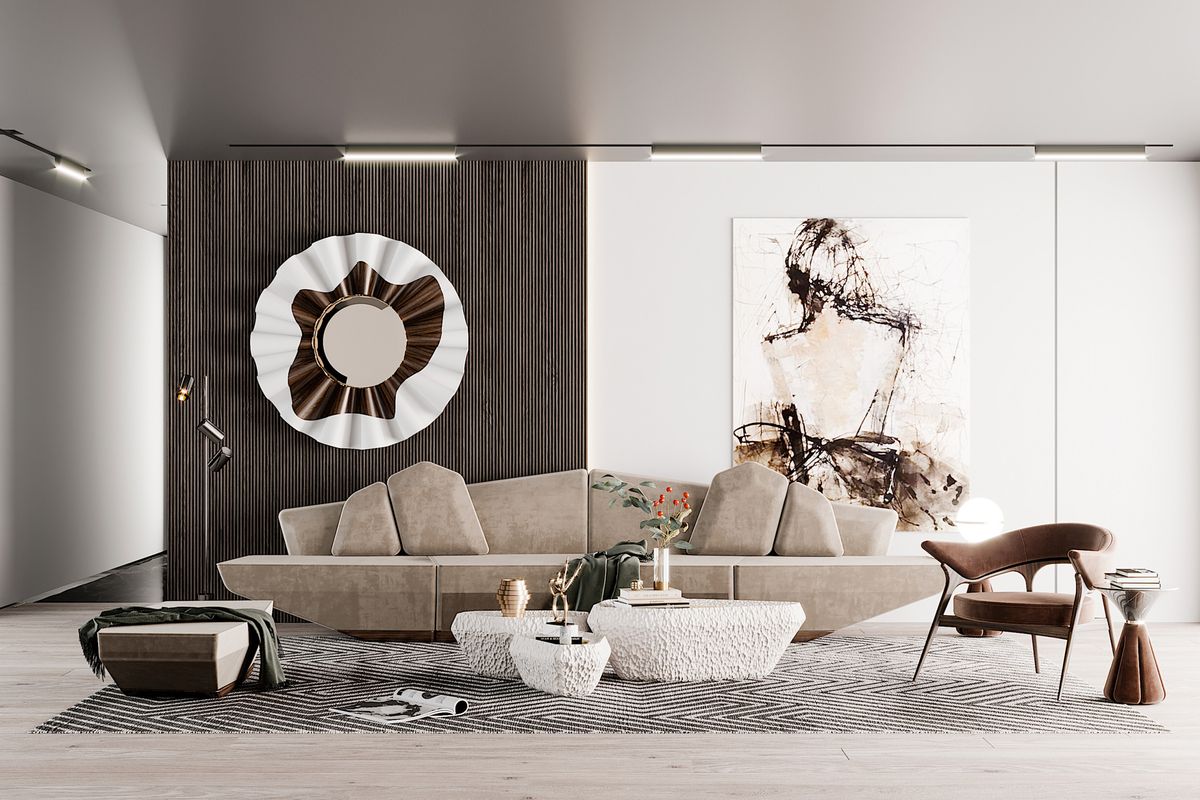Home> Interior Design Ideas
Spark Your Creativity with Refreshing Interior Design Ideas!
Get inspired with a wide range of interior design ideas to spark your creativity! Explore stunning examples and practical tips to transform your space.
Turning A Spare Room Into A Relaxing Vintage Library
By: Isabella Mitchell • Ideas and Tips
Universal Design: Making Homes Accessible For All Ages
By: Isabella Mitchell • Ideas and Tips
